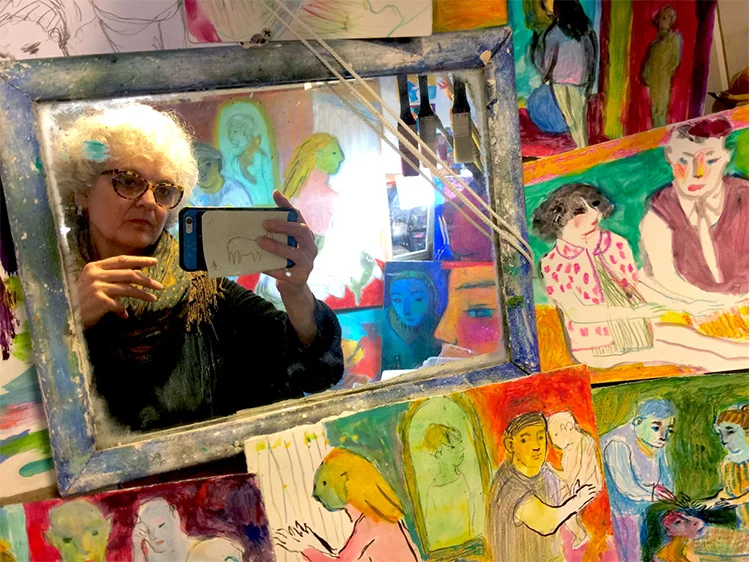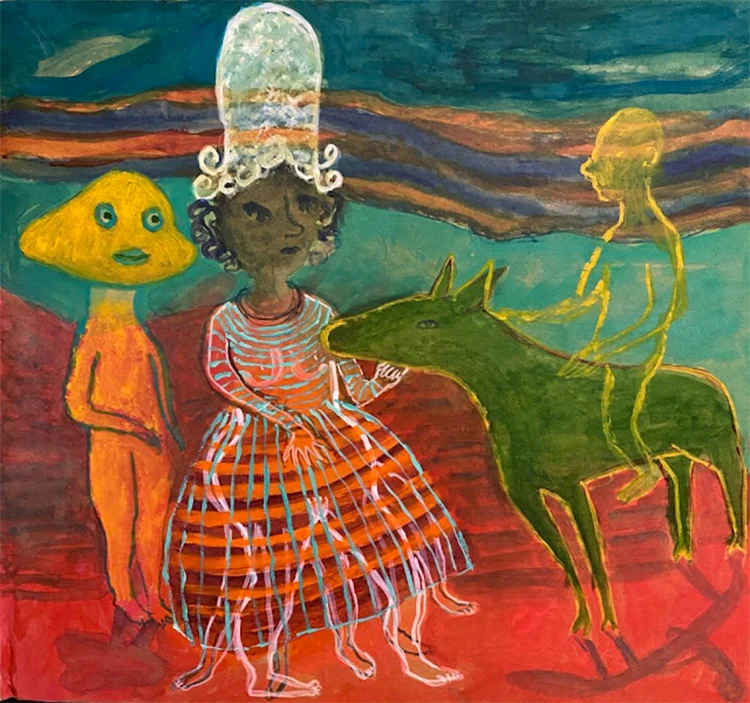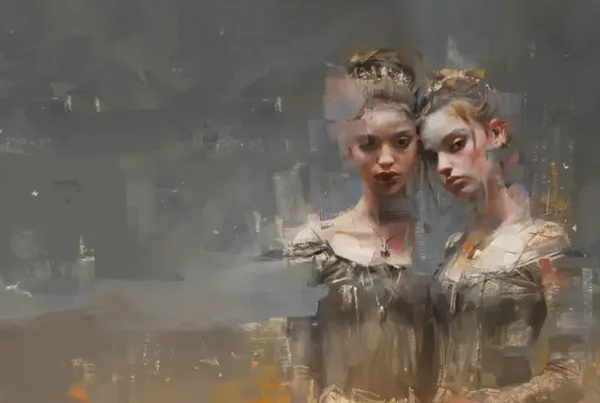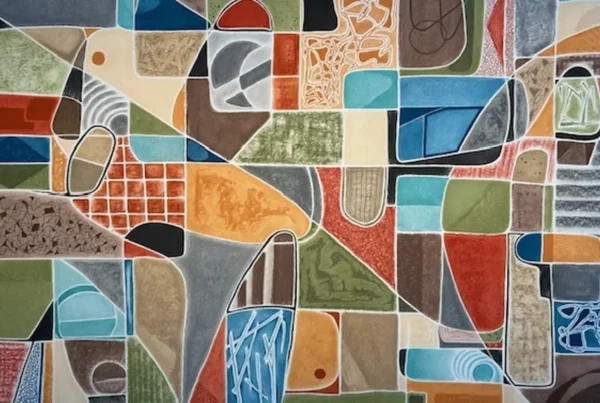A Journey Through Influence and Inspiration
Maryclare Foá‘s journey into the art world is a testament to the enduring impact of early influences and foundational experiences. Graduating from the Royal College of Art in 1984, Foá credits her tutor, Linda Kitson, as a pivotal figure who helped shape her artistic ethos. It was during her time at RCA that she embraced the concept of Flaneury, drawing inspiration from the works of Beaudelaire and Guys. This philosophy, centered on the keen observation and documentation of the surrounding world, became a cornerstone of Foá’s artistic approach, guiding her future endeavors in reportage drawing and beyond.
The artist’s commitment to capturing life as it unfolds has been a defining element of her work. This dedication to observing and documenting the world around her is not just a technique but a way of engaging with the environment, offering a unique lens through which she views her art. Foá’s early embrace of Flaneury set the stage for a career that consistently explores the intricate relationship between the artist and their surroundings, allowing her to capture moments of transient beauty and fleeting narratives through her distinctive artistic voice.

Maryclare Foá: Artistic Exploration Through Travel
Travel has played an instrumental role in expanding Maryclare Foá’s artistic perspective, offering her new landscapes and cultures to explore and interpret through her work. Her ventures to remote and diverse locations like The Arctic and Papua New Guinea have not only broadened her horizons but also deepened her engagement with the concept of place and narrative. This immersion in varied environments has allowed Foá to transcend traditional boundaries of art, integrating her experiences and observations into a cohesive and dynamic artistic vision.
Foá’s travels are more than just journeys across physical landscapes; they are explorations of cultural and environmental narratives, each offering a unique palette of textures, colors, and stories for her to weave into her art. Whether through drawing or performance, her work reflects a deep connection to the places she visits, capturing their essence and intertwining it with her own artistic narrative. These experiences are not merely documented but are transformed, through Foá’s creative process, into rich, multi-dimensional artworks that resonate with the complexities and nuances of the environments she engages with.

Maryclare Foá: The Interplay of Teaching and Artistic Growth
Teaching has been a vital component of Maryclare Foá’s artistic journey, serving as a conduit for exchange and evolution in her creative practice. Her engagement in academia, particularly during her tenure in Norwich and Southampton, has not only allowed her to impart her knowledge but also to absorb fresh perspectives from the evolving art world. This dynamic interplay between teaching and learning has been a source of inspiration for Foá, fostering a continual process of introspection and adaptation in her work. The classroom has become a reciprocal space where ideas flow freely, enabling Foá to refine her methodologies and explore new artistic frontiers.
The influence of teaching on Foá’s art is evident in the way she integrates contemporary practices and concepts into her work. The dialogue with students and fellow educators has encouraged her to remain agile and receptive to new trends and techniques, enriching her artistic repertoire. This engagement with the educational sphere has not only broadened her own perspectives but has also imbued her art with a sense of vitality and relevance, ensuring her practice remains connected to the broader currents of contemporary art. In this way, teaching has not just been a professional endeavor for Foá but a critical element of her artistic evolution, continually shaping and redefining her approach to art.

The Driftsinging Method and Its Impact
The completion of her PhD at Camberwell marked a significant milestone in Maryclare Foá’s artistic career, introducing the innovative concept of Driftsinging. This unique methodology, which involves using her voice to interact with the environment while drawing, signifies a groundbreaking approach to capturing the essence of a place. The interplay between sound, movement, and visual art in Driftsinging offers a holistic exploration of the artist’s relationship with their surroundings, creating a multidimensional artistic experience that transcends conventional boundaries.
Driftsinging exemplifies Foá’s dedication to pushing the limits of artistic expression, allowing her to explore the synergies between different sensory experiences and their impact on the creative process. This method has not only enriched her understanding of the interconnections between the artist, the environment, and the artwork but has also provided her with a unique tool for articulating the nuanced dialogues between these elements. By integrating sound and movement into her drawing practice, Foá has developed a distinctive artistic language that captures the dynamic and ephemeral nature of her interactions with the world around her, offering viewers a more immersive and textured engagement with her work.






